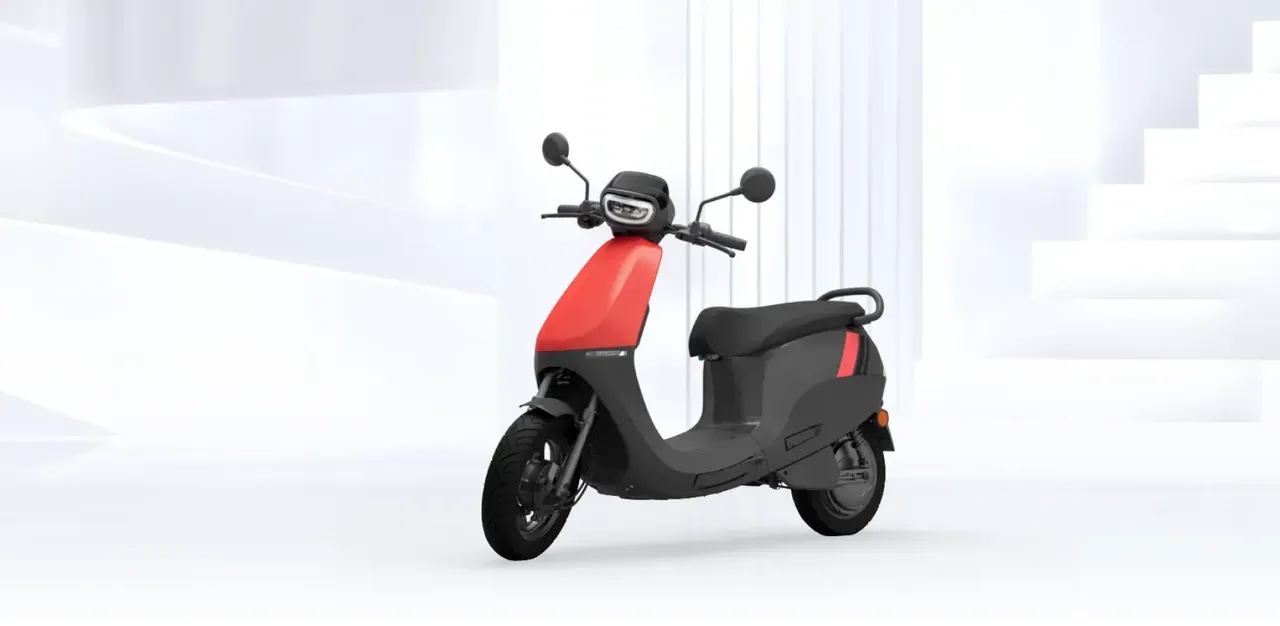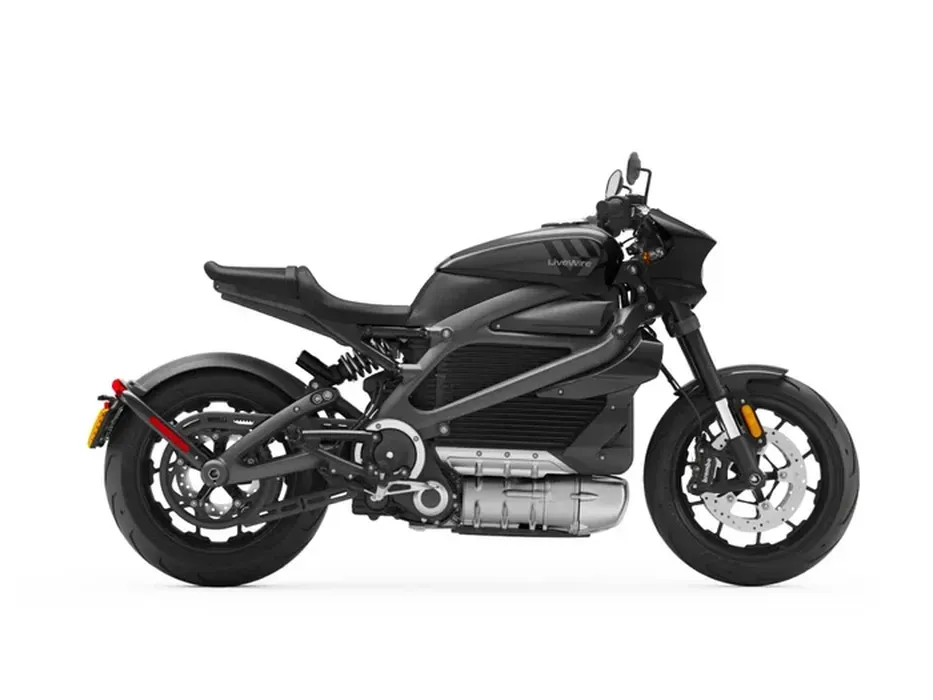
Charles R. Goulding and Preeti Sulibhavi take a ride through Royal Enfield’s strategic entry into the electric motorcycle market, exploring how the iconic brand is poised to electrify the mid-range segment.
Royal Enfield, one of the most iconic motorcycle brands globally, has embarked on a transformative journey to enter the electric vehicle (EV) market. Founded in 1901, then shifting from England to India, Royal Enfield is an industry leader in the Asia-Pacific region. As the demand for electric vehicles rises, Royal Enfield is gearing up to introduce electric bikes that could redefine the mid-range motorcycle segment. This article explores Royal Enfield’s electric bike plans, compares the potential of electric bikes to budget scooters and luxury motorcycles, analyzes the demand across various markets, and delves into the challenges and opportunities that lie ahead.
Royal Enfield is known for its retro-styled, robust motorcycles that have won the hearts of riders worldwide. The company is now setting its sights on the electric vehicle market, with plans to launch its first electric motorcycle by 2025. Royal Enfield’s approach is methodical, focusing on retaining its core design ethos while integrating modern electric powertrains.
The company is heavily investing in research and development (R&D) to create a bike that aligns with its brand image. This means the electric Royal Enfield will likely have a design that reflects its traditional aesthetic while offering the benefits of electric mobility, such as lower emissions, reduced noise, and improved efficiency. The move to electric is seen not just as a compliance measure with global emission norms but as a strategic step to capture a growing segment of environmentally conscious consumers.
Royal Enfield has begun using 3D printing to develop prototypes and parts for its motorcycles. This technology allows for faster iteration and more complex designs, which are crucial for creating lightweight components for electric bikes.
Riders will require accessories and apparel to go along with their electric bikes and 3D printing is a high-quality, cost-effective way to fabricate items like helmets and jackets.
Comparing Electric Bikes to Budget Scooters and Luxury Motorcycles
The electric two-wheeler market is diverse, with budget scooters and luxury motorcycles representing two extremes. Electric bikes, especially those from Royal Enfield, are expected to fall somewhere in between.
Market Demand for Electric Bikes
The demand for electric bikes is poised to grow significantly across several key markets:
India: As Royal Enfield’s largest market, India is crucial to its electric bike strategy. The Indian government is pushing for faster adoption of electric vehicles, offering subsidies, and developing infrastructure to support EVs. With increasing environmental awareness and rising fuel costs, Indian consumers are gradually shifting towards electric two-wheelers. The success of models like the Ola S1 and Bajaj Chetak, coupled with Royal Enfield’s strong brand presence, suggests a robust demand for its upcoming electric bikes.
Europe: Europe has been at the forefront of the EV revolution, with stringent emission regulations and generous incentives for electric vehicles. The demand for electric bikes is particularly strong in urban areas, where the emphasis is on reducing carbon footprints and traffic congestion. Royal Enfield’s electric bike could find a receptive market here, especially among younger consumers who prefer sustainable and stylish modes of transport.
North America: In the U.S., the electric motorcycle market is still nascent but growing, driven by increasing environmental awareness and the advent of innovative models. Harley-Davidson’s investment in electric bikes, supported by federal funding, highlights the potential in this market. Royal Enfield could tap into this demand by offering a more affordable alternative that combines classic design with modern technology.
Challenges in Electric Bike Development
Despite the promising outlook, the development and mass adoption of electric bikes face several challenges:
Limited Space for Batteries: Unlike cars, motorcycles have limited space for batteries, which restricts the range and power of electric bikes. To address this, manufacturers are working on developing compact, high-density batteries that can fit into the motorcycle’s frame without compromising performance. However, this is a complex and costly process that requires significant R&D investment.
Frequent Charging or Battery Swapping: Electric bikes require frequent charging, which can be inconvenient for users, especially in regions with limited charging infrastructure. Some companies are exploring battery swapping as a solution, where riders can exchange depleted batteries for fully charged ones at designated stations. This, however, requires a robust network of swapping stations and standardized battery designs, which are still in the early stages of development.
Cost: The initial cost of electric bikes is generally higher than that of traditional internal combustion engine (ICE) motorcycles, primarily due to the expensive battery technology. While operating costs are lower, the upfront price can be a deterrent for many potential buyers, especially in price-sensitive markets.

Comparison: Royal Enfield, Honda and Harley-Davidson by 2030
As Royal Enfield prepares to launch its electric bike, it will face competition from established players like Honda and Harley-Davidson, each of which has its own strategy for the EV transition.
Honda
Honda aims to have at least 10 electric motorcycle models by 2030, covering a wide range of segments from commuter bikes to more performance-oriented models. Honda’s strategy is to leverage its global manufacturing scale and expertise in battery technology to offer reliable and affordable electric bikes. By 2030, Honda plans to make electric vehicles 15% of its total motorcycle sales, indicating a significant commitment to the EV transition.
Honda is utilizing additive manufacturing to produce components for its electric motorcycles. This approach not only reduces production time but also allows for the customization of parts, which can lead to more efficient and reliable electric vehicles.
Harley-Davidson
On the other end of the spectrum, brands like Harley-Davidson are entering the electric market with high-performance electric bikes like the LiveWire brand. These are premium products aimed at enthusiasts seeking cutting-edge technology, superior performance, and the prestige associated with a luxury brand.
Harley-Davidson, known for its high-end, luxury motorcycles, has received US$89 million in federal funding to expand its electric motorcycle production in Pennsylvania, underscoring the U.S. government’s support for electric vehicles. Harley-Davidson’s strategy is to lead the premium electric motorcycle market, targeting affluent riders who prioritize performance as well as brand prestige.
Harley-Davidson has integrated 3D printing into its production lines, particularly for producing custom parts and limited edition models. This technology enables the company to offer personalized options for its electric bikes, catering to the premium market’s demand for exclusivity.
Royal Enfield:
In comparison, Royal Enfield’s electric bike will likely target a niche between Honda’s mass-market approach and Harley-Davidson’s luxury positioning. By 2030, Royal Enfield could establish itself as a leader in the mid-range electric bike segment, offering a blend of affordability, style, and performance.
Royal Enfield’s electric bikes will likely cater to a market that seeks a balance between performance and affordability. They are expected to appeal to both urban commuters looking for a stylish yet practical ride and enthusiasts who appreciate the brand’s heritage. The electric bike segment could potentially outgrow the budget scooter market in terms of value, as it offers a more compelling proposition for those willing to pay a premium for a more substantial, feature-rich product.
Transition to EVs in India: The Role of Ola Electric and Bajaj
India is rapidly transitioning to electric vehicles, driven by government policies and growing consumer interest. Ola Electric and Bajaj are at the forefront of this shift, developing models that cater to the Indian market’s unique needs.
Ola Electric is primarily known for its budget scooters. These are typically focused on practicality and affordability. They are ideal for short city commutes and are designed to be cost-effective, both in terms of purchase price and maintenance. The electric versions of these scooters, such as those offered by Ola Electric, have seen significant uptake in urban areas due to their ease of use, lower running costs, and environmental benefits.
Ola has disrupted the Indian two-wheeler market with its electric scooters, offering cutting-edge technology, competitive pricing, and a strong emphasis on sustainability. Ola’s success has demonstrated the viability of electric two-wheelers in India, paving the way for other manufacturers, including Royal Enfield, to enter the market.

Bajaj has also made significant strides with its electric Chetak scooter, reviving a classic brand with modern electric technology. The Chetak’s success highlights the potential for other iconic brands, like Royal Enfield, to transition to electric while maintaining their heritage.
The Research & Development Tax Credit
The now permanent Research and Development (R&D) Tax Credit is available for companies developing new or improved products, processes and/or software.
3D printing can help boost a company’s R&D Tax Credits. Wages for technical employees creating, testing and revising 3D printed prototypes can be included as a percentage of eligible time spent for the R&D Tax Credit. Similarly, when used as a method of improving a process, time spent integrating 3D printing hardware and software counts as an eligible activity. Lastly, when used for modeling and preproduction, the costs of filaments consumed during the development process may also be recovered.
Whether it is used for creating and testing prototypes or for final production, 3D printing is a great indicator that R&D Credit-eligible activities are taking place. Companies implementing this technology at any point should consider taking advantage of R&D Tax Credits.
Conclusion
Royal Enfield’s foray into the electric bike market is a significant step in the company’s evolution. By balancing its iconic design with modern electric technology, Royal Enfield is poised to capture a unique segment of the market. However, the journey is fraught with challenges, from battery limitations to competition from established players like Honda and Harley-Davidson. As the transition to EVs accelerates, particularly in markets like India, Royal Enfield’s success will depend on its ability to innovate and adapt to the changing landscape of the automotive industry. The use of advanced technologies like 3D printing will be crucial in this endeavor, allowing Royal Enfield to remain competitive in a rapidly evolving market.
